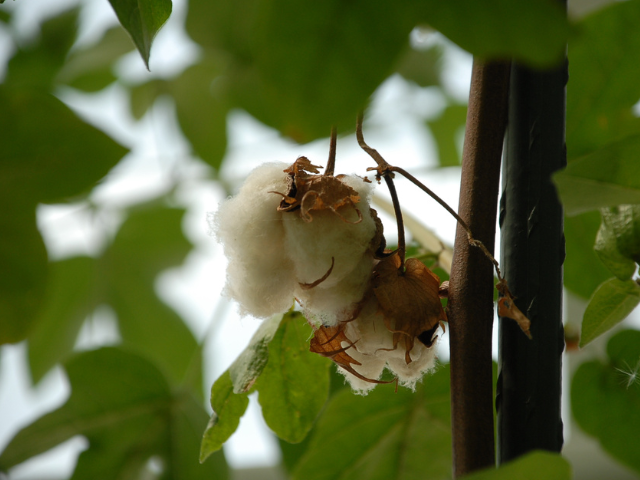Tropical crop house
In the Tropical House of Crops (House 2), visitors can see tropical useful and aromatic plants as well as plants that were and are used for medicinal and ritual purposes, as hunting poisons or for the extraction of industrial raw materials. Two large central beds house mainly tall, mostly arboreal useful plants cultivated in plantations, such as banana, cacao and papaya. Lower shrubs, perennials and herbs of various origins and uses are planted out in the side, higher areas.
Numerous tropical crops have become an integral part of our daily lives. Modern transportation has made the fruits of many plants that cannot be cultivated in our climate so accessible that they are as familiar to us as native fruit. But what does the banana tree look like, how does the cocoa tree grow, how does the pineapple grow, what is sugar cane all about, where does the peanut get its name, is vanilla even a plant? Answers to these and many other questions can be found in the House of Crops. Its diverse collection, which includes the food and spice plants already mentioned, also includes timber, fiber and dye plants, such as mahogany, cotton and the orlean bush, from whose seeds a red dye is obtained.
Popular tropical fruit
Bananas were brought to Germany at the end of the 19th century and, like palm trees, were considered synonymous with the tropics and exoticism. The pineapple also played a comparable role. Its characteristic and aesthetic form can also be found as an ornamental element elsewhere in the garden, for example as a relief ornament on the outside of the lecture hall building of the Botanical State Collection and as a carved element to crown the four domes of the pergola.




